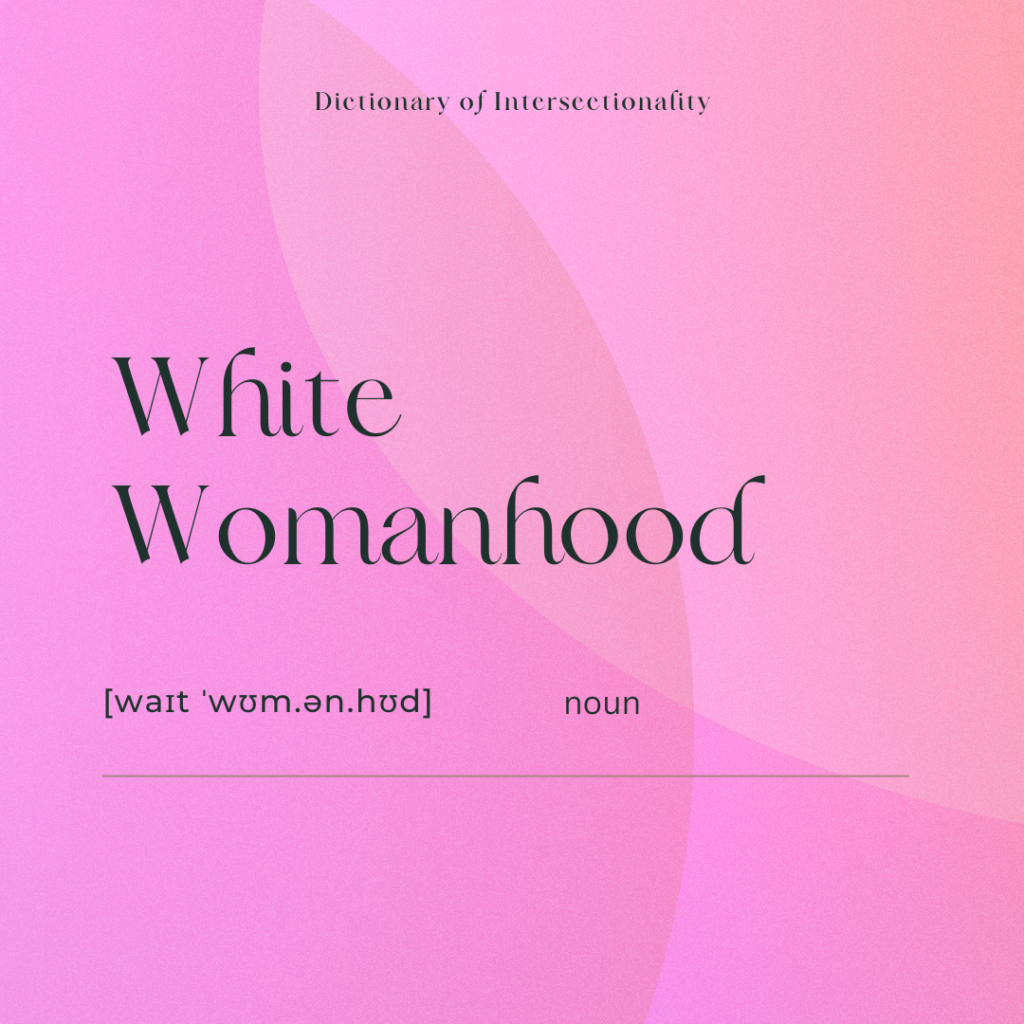
The term “White Womanhood” serves as a lens through which to analyze the pervasive cultural narratives dictating the expected roles, behaviours, and appearances of individuals perceived as white women.
Historically, these narratives of “White Womanhood” have been used to perpetuate both racism and sexism, ultimately serving to concentrate power in the hands of white, wealthy, cis-gendered men. White feminist movements firsthand excluded people of colour by only addressing their needs and issues within white and male-dominated patriarchy.
Defined by a set of prescribed attributes and behaviours, these expectations not only shape societal perceptions but also influence individual identities and interactions. These narratives are disseminated through different channels such as media, religious institutions, or educational systems.
Key characteristics of this constructed “white womanhood” include marital and maternal expectations, where marriage and motherhood are often presented as essential, while singleness or childlessness is discouraged. Additionally, expectations revolve around physical appearance, often creating unrealistic beauty standards emphasizing attractiveness and modesty.
To understand white womanhood, it is important to recognise the complexity and diversity of individual experiences. Many challenge these imposed roles by choosing alternative lifestyles, such as singleness, childlessness or non-heteronormative sexual orientations and gender identities, thereby subverting these expectations.
(Author: Feyza Öztürk Altaher)
See more resources
Crenshaw, K. (1991). Mapping the margins: Intersectionality, identity politics, and violence against women of color. Stanford Law Review, 43(6), 1241. https://doi.org/10.2307/1229039
Hooks, Bell. (2015). Ain’t I A woman: Black women and feminism. Routledge.
Nicole. (2019, December 24). White Noise Collective. https://www.conspireforchange.org/white-womanhood-and-systems-of-violence/
